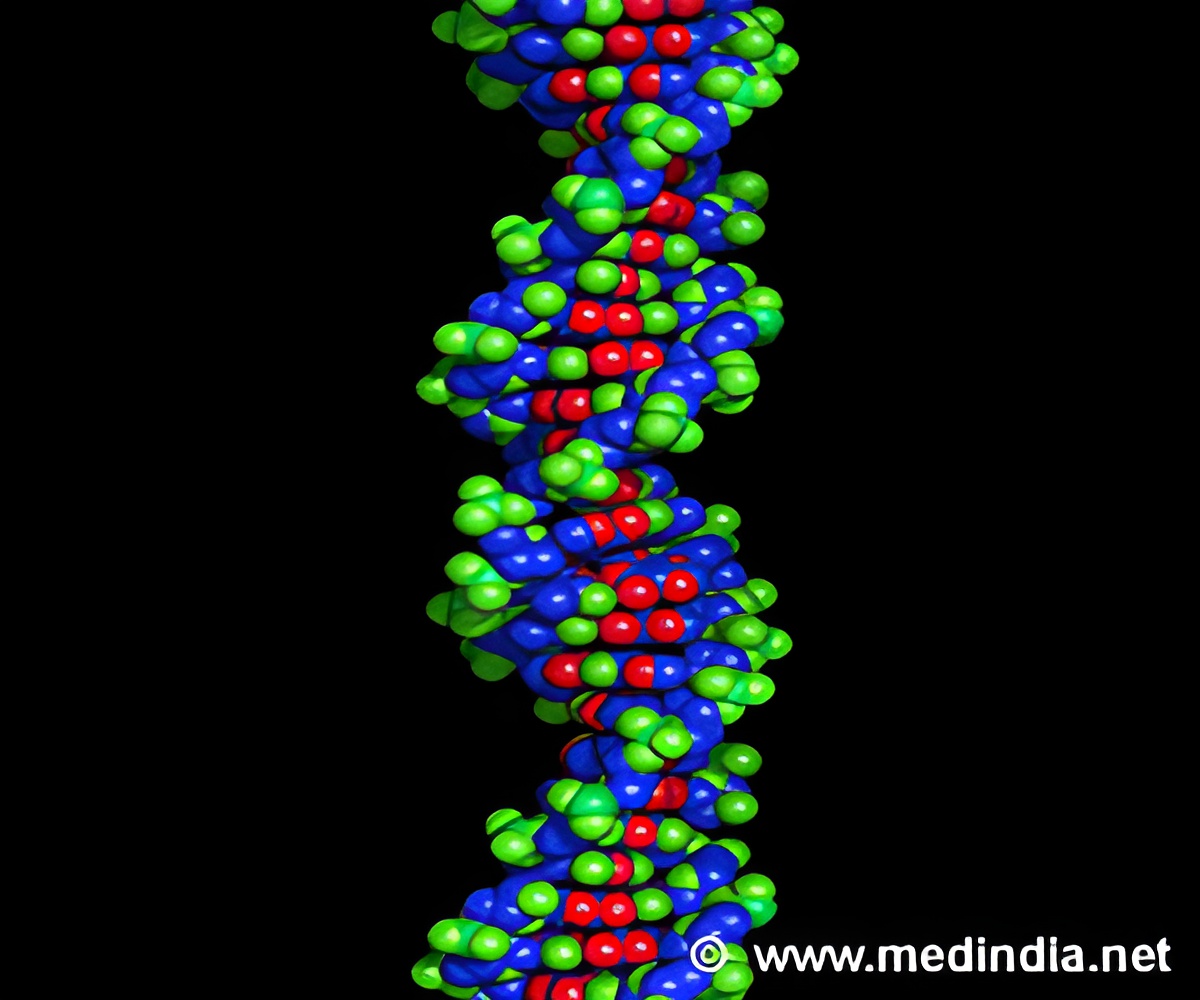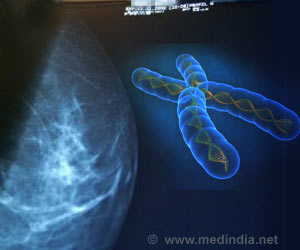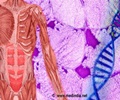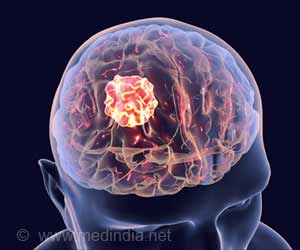Even in very rare genetic disorders, only one or two genetic variations - out of tens of thousands - is actually the cause of disease.

‘A new tool designed by scientists aims to predict whether a given human gene is likely to harbor disease-causing mutations.’





Yuval Itan, the study's senior author, said, "To find a needle in the haystack, it helps to get rid of some of the hay. Filtering out the noise, the genes that pollute the data, is crucial." Through genome analysis, the researchers found that 58% of rare genetic variants are located in only 2% of human genes. They developed their tool, the Gene Damage Index, from this observation, reasoning that genes that are frequently mutated in the general population are unlikely to cause inherited and rare diseases, because variations to these genes are often found in healthy people.
The Gene Damage Index metric takes into account how much the gene is mutated in the general population, or the 'accumulated mutational damage'. The calculation also includes how important a given gene is to a specific disease group, including Mendelian disorders, cancer, autism, and primary immunodeficiencies.
Itan explains, "With this method, up to 60% of the irrelevant variants can be removed. The Gene Damage Index will help scientists more easily sort through the large amounts of data produced by next-generation sequencing."
Source-Newswise










